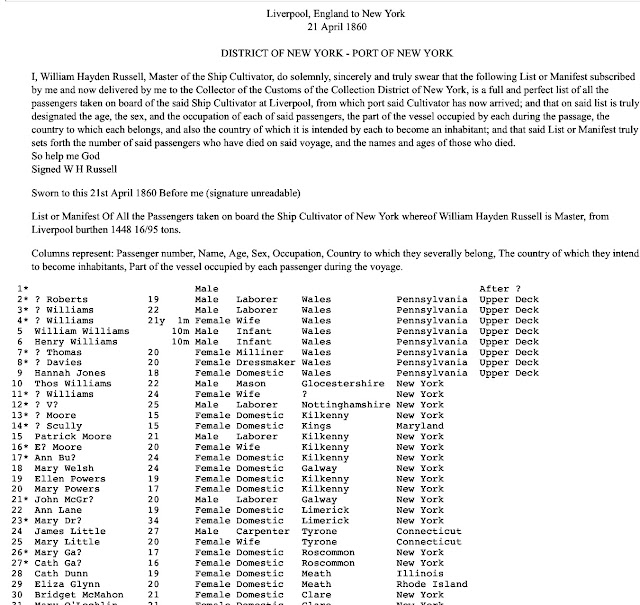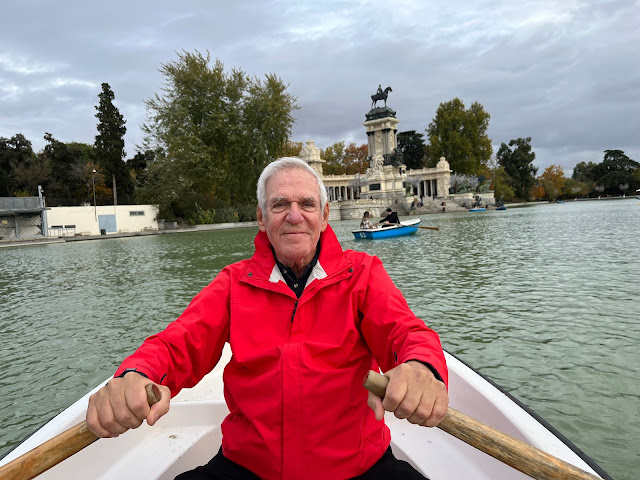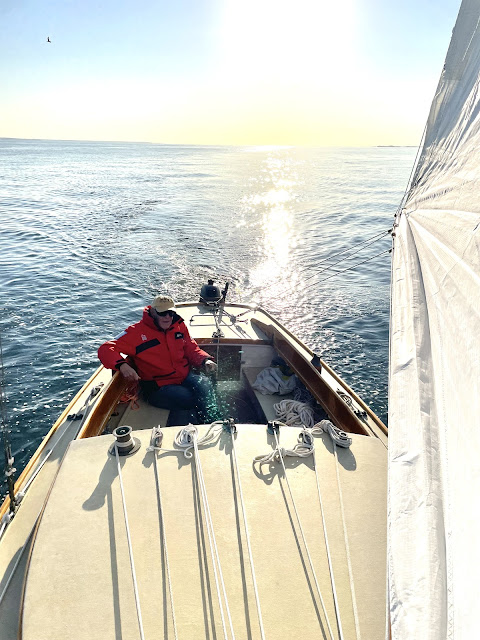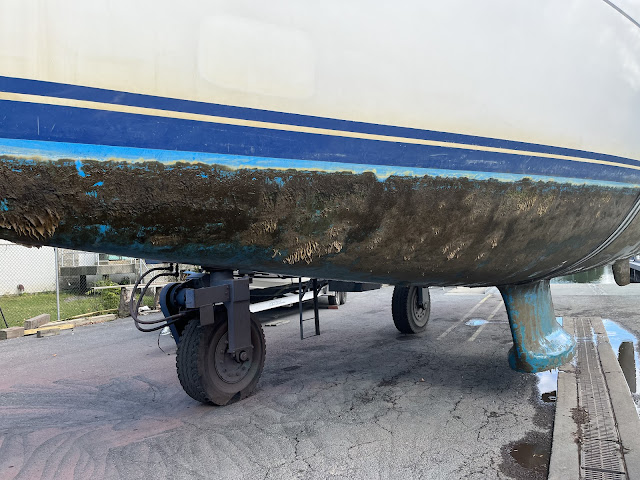Well the day aboard was three hours and shared with David who has moved, making a new rendezvous point for us from his public transportation. David lent to me his meter that measures water in fiberglass. I tested my rudder which showed that it had water in it. So I drilled four 1/4 inch diameter holes into various spots near the bottom of the rudder for the water to flow out. I did not see a rush of water, but it was cold and maybe more will come out during the month before I have to plug the holes before painting and launching.
I confirmed with Raymarine that my thinking about the two plastic covered wires inside the third black wire from the motor of the autopilot was correct. I need to strip that plastic and butt connect each of them separately with smaller butt connectors than the two I crimped onto the red and black. The big two are for power, the naked ones are for small control voltages.
I also removed the autopilot’s touch pad control panel from the cockpit and it’s computer from inside the lazarette, and have received word that Sea Tronics of Pompano Beach, Florida has received them and will be checking them out. Each of the two boxes was held in place with only two screws, but the tricky part for me was with the heavy computer shown on the left.
You will note tiny squares of various colors in a strip at its bottom. For most of them a tiny wire coated in plastic of the same color was inserted. I did not know how to remove (or reinstall those wires without potentially wrecking the system. Raymarine’s tech support is great. Each wire came from and will go back into the tiny black hole above its colored patch. Insertion and removal requires pressing down with a tiny “eyeglass frame” screw driver on the tiny white lever above the hole. While at the boat I checked out the varnish work I had done on the battens that hold up the cabin ceiling; they looked good.I had found the passenger manifests which listed each passenger, his or her county of origin, age, gender and occupation: mostly “domestic servant and “laborer”.
Cultivator’s Captain, the same man who signed off on the passenger registry, had notified the Navy of the latitude and longitude of the discovery. The survey was by the USS Don. The Navy keeps records of all of its ships. Don was also British but had been captured by our navy while engaged in smuggling cotton out of the Confederacy and she was armed and pressed into US naval service. The survey, one of her last missions before she was decommissioned in 1868, shows her track, searching for the shoal around and finally directly over the location reported by Cultivator. Not finding it there, Don apparently widened the search and ultimately ran directly over the central portion of the shoal to take soundings. Don’s draft was only six feet, but still taking a big ship directly over an uncharted shoal to find out how deep the water is seemed like a foolish dare devil mission. I speculate that the ship’s boat was used for that run. Of course this is a shortened version of my talk but I found it interesting and fun.


































